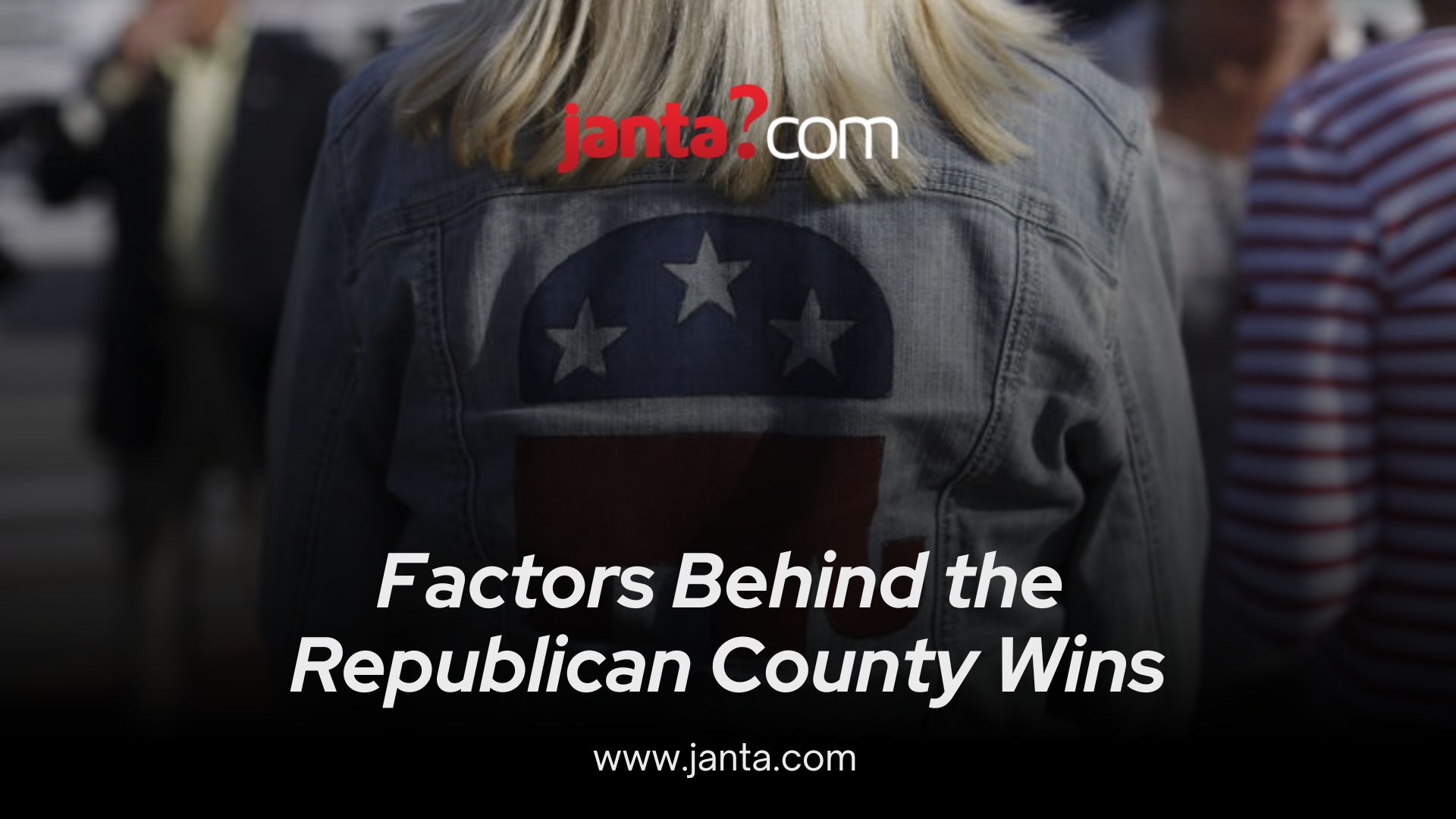The 2016 US presidential election marked a significant shift in American politics, with Donald Trump's victory over Hillary Clinton. One major factor in Trump’s win was the overwhelming number of counties that swung Republican. Out of 3,143 counties, Trump won 2,584, while Clinton won 472. This shift emphasized the deepening urban-rural divide in the country.
Keep reading to explore the geographic patterns and key reasons behind this pivotal change—and how it reshaped the political landscape.
Overview of the 2016 Election
Donald Trump’s campaign focused on immigration, national security, and economic concerns, particularly targeting voters in the industrial Midwest. Meanwhile, Hillary Clinton emphasized progressive policies such as healthcare reform, social justice, and environmental protection.
Trump's slogan, "Make America Great Again," resonated strongly with rural and working-class voters who felt left behind by economic changes and globalization. Clinton’s appeal was stronger among urban voters and those with higher education and income levels.
To understand how voter engagement has shifted over time, check out our analysis of the 2020 election turnout.

County Breakdown
As mentioned earlier, out of 3,143 counties and county equivalents in the US, Donald Trump won 2,584, while Hillary Clinton won 472. While Clinton secured a larger share of the popular vote, Trump’s dominance in county wins—especially in rural areas—was crucial to his electoral college victory.
Geographic Trends
The election highlighted a clear urban-rural divide. Trump won rural counties across the Midwest, South, and Great Plains, areas that had seen economic hardship and felt disconnected from the political establishment. On the other hand, urban centers like New York, Los Angeles, and Chicago remained Democratic strongholds.
Clinton's support was concentrated in cities and their surrounding suburbs, particularly in regions with higher education levels and more progressive social views.
Swing states such as Pennsylvania, Michigan, and Florida were critical, with Trump performing well in counties that had previously leaned Democratic. His success in the Rust Belt, where traditionally Democratic counties faced economic decline, proved decisive.

Factors Behind the Republican County Wins
- Economic Concerns: Voters in rural and small-town America, particularly those affected by deindustrialization and job losses, were drawn to Trump’s promises to bring back manufacturing jobs and renegotiate trade deals.
- Cultural and Social Factors: Trump’s hardline stance on immigration, his defense of the Second Amendment, and his opposition to political correctness resonated strongly with rural voters who felt alienated by progressive urban elites.
- Demographics: Trump performed better among older, white voters without college degrees, who are overrepresented in rural areas. Clinton found stronger support among younger, more diverse, and better-educated voters concentrated in urban areas.
Visualizing the Results
Maps of the 2016 election reveal a clear geographic divide. Large sections of the interior US turned red, while the Democratic vote was concentrated on the coasts and in major metropolitan areas.
In particular, many traditionally Democratic counties in the Rust Belt and Midwest, which had supported Barack Obama in previous elections, shifted to Trump in 2016, reflecting a significant realignment of the political landscape.
Impact of County-Level Republican Wins
Although Trump dominated the county map, winning more counties does not equate to winning the popular vote. Trump’s victories came from less densely populated rural counties, while Clinton's support was concentrated in fewer but more populous urban areas. This distribution explains how Trump won the electoral college despite losing the popular vote.
Key Takeaways
The 2016 election underscored the growing urban-rural divide in American politics. Trump’s ability to tap into the frustrations of rural voters who felt left behind by the political and economic system reshaped the electoral map. This county-level strategy continues to influence political campaigns today, and the 2016 election remains a reference point for future political analysis. For more on how current candidates are positioning themselves, explore our latest updates on the 2024 race.
